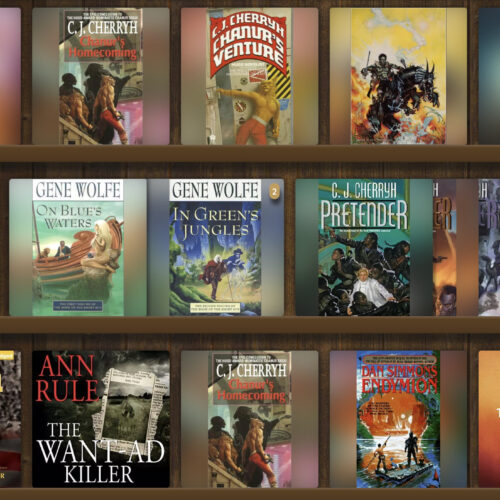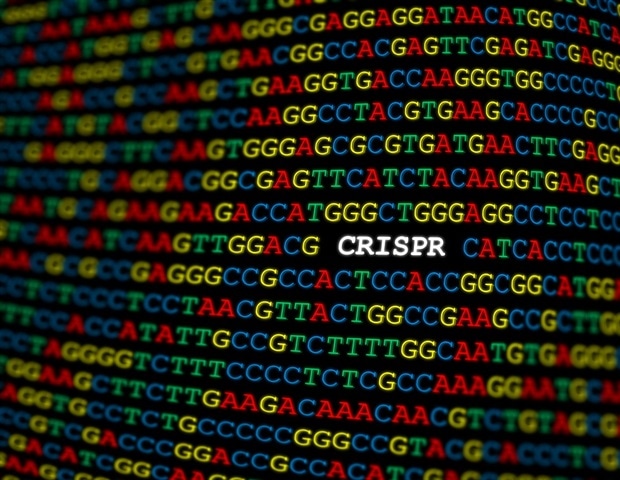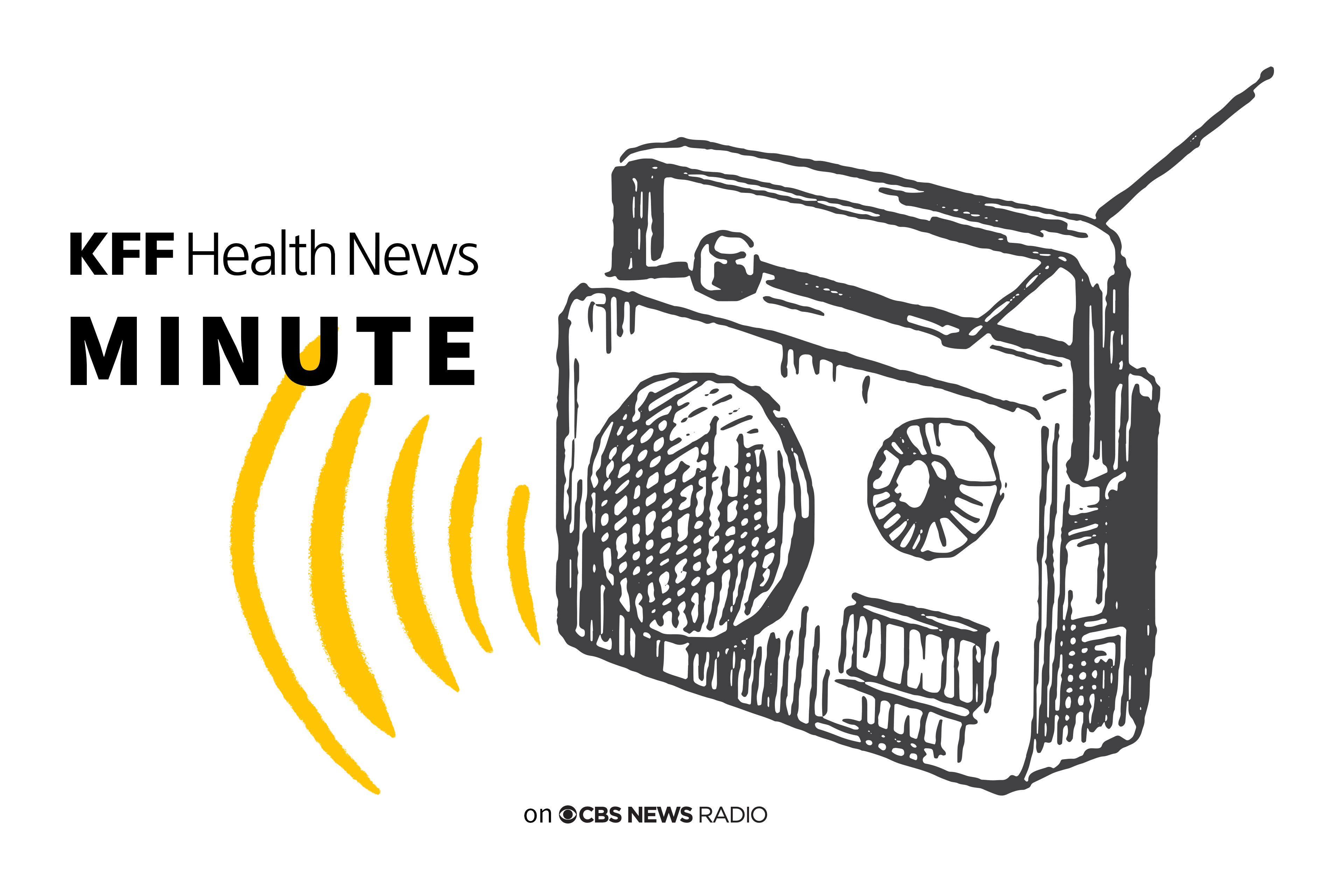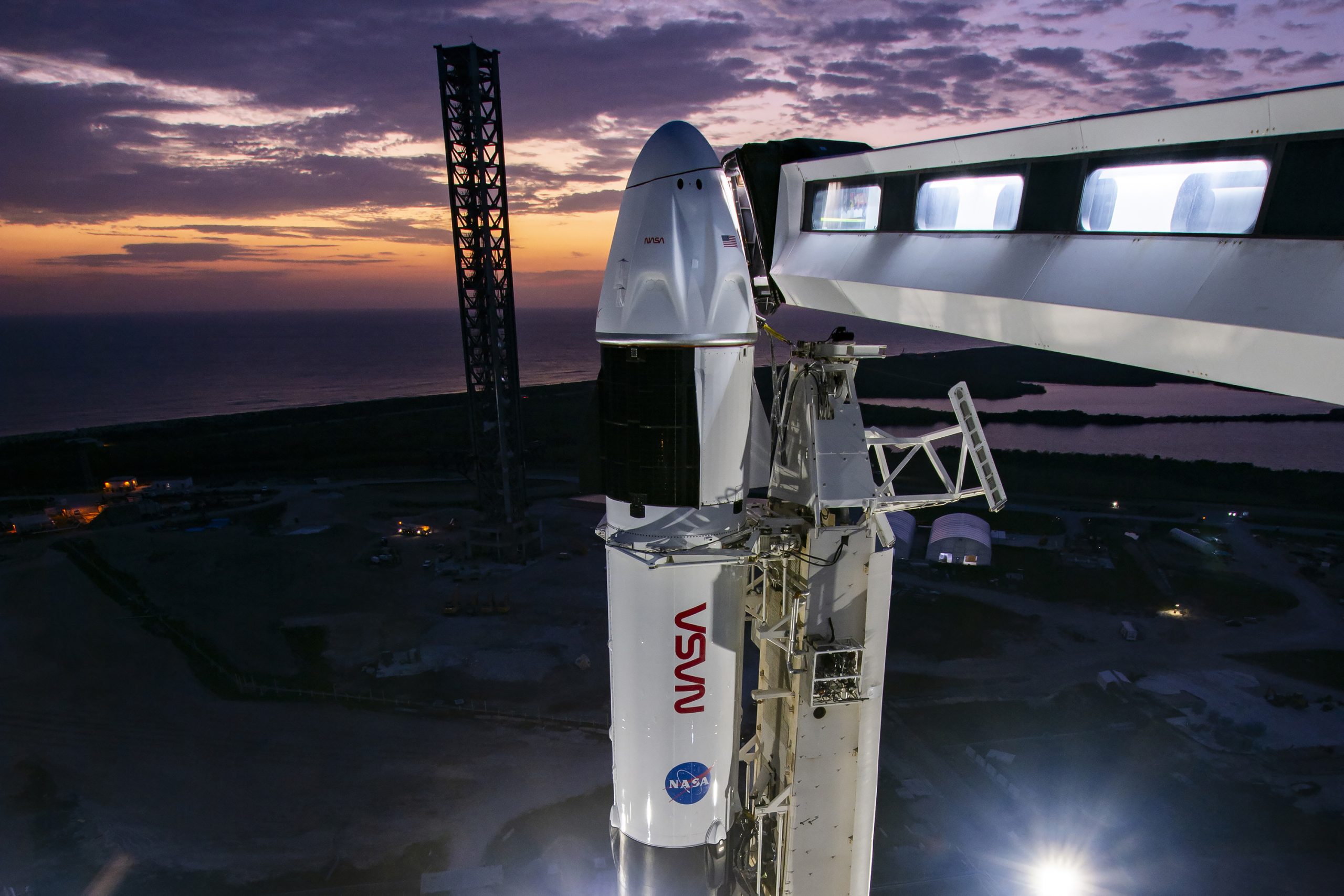End of Life: Gemini will completely replace Google Assistant later this year
Pour one out for Google Assistant, the sometimes helpful but often frustrating digital assistant Google launched in 2016. In its place, users will encounter Gemini, the generative AI Google has been integrating into every product in its portfolio. Later this year, Google will make Gemini its only supported assistant, forcing most of its users to abandon Assistant once and for all. The Gemini brand is barely a year old, but Google has moved aggressively to increase usage. When it released the Gemini app on Android, Google forced anyone who installed it to disable Assistant and switch to Gemini. It did this despite a plethora of missing features and the omnipresent issues of AI hallucinations. The company has forged ahead with Gemini’s expansion in the intervening months, making Assistant’s demise rather unsurprising. Since Gemini’s debut, users have had the option of sticking with the legacy assistant, but that’s not going to be an option soon. On mobile devices, the upgrade path (if you want to call it that) is clear. Most newly released phones already ship with Gemini as the default, and Google will prompt any remaining Assistant users to get the Gemini app. When Assistant is put out to pasture later in 2025, Google will remove the app from app stores and direct users to Gemini instead. Read full article Comments












